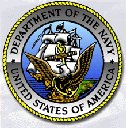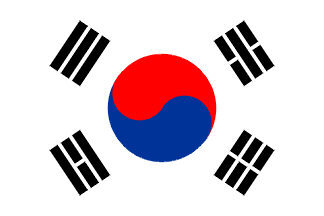



WDE487
Coast Guard: After the end of the war and the Coast Guard's transfer back to the control of the Treasury Department, the Coast Guard continued to use the Navy's system. The large, sea-going cutters were classified primarily as WPG's, WDE's, and WAVP's (Coast Guard gunboats; Coast Guard destroyer escorts; and Coast Guard seaplane tenders). This changed in 1965 when the service adopted its own designation system and these large cutters were then referred to as Coast Guard High Endurance Cutters or WHECs. The coastal cutters once known as "Cruising cutters, Second Class" and then "WPCs" (Coast Guard patrol craft) under the Navy system were now Coast Guard Medium Endurance Cutters, or WMECs. Patrol boats continued to be referred to by their Coast Guard/Navy designation, i.e. "WPBs."
During the Korean War (1950-53), the Coast Guard performed a variety of tasks.
The Service established air detachments throughout the Pacific. These
detachments, located at Sangley Point in the Philippines, Guam, Wake, Midway,
Adak, and Barbers Point in the Hawaiian Islands conducted search and rescue to
safeguard the tens of thousands of United Nations troops that were being
airlifted across the Pacific. In January 1953 a PBM flying from Sangley landed
in 12-foot seas in an attempt to rescue a Navy P2V crew. The Coast Guard
amphibian crashed on takeoff when an engine failed. Five Coast Guard and four
Navy men lost their lives. Additional weather station sites were established in
the Pacific to help guard the flow of troops and supplies to Korea. Twelve
destroyer escorts were transferred from the Navy to the Coast Guard to help
carry out this duty. Also, a team of about 50 Coast Guardsmen were stationed in
Korea, helping establish the Korean Coast Guard, which has since evolved into
that country's Navy. The Coast Guard also provided communications and
meteorological services plus assured port security and proper ammunition
handling.
With the addition of the new stations, the Coast Guard needed to find vessels
to augment the already extended cutter fleet. Fortunately a ready source
existed within the mothball fleets of the Navy. The Navy turned over a number
of destroyer escorts, which the Coast Guard commissioned as cutters. The old
war-horses had served as convoy escorts in World War II, 30 of which had been
manned by Coast Guard crews during the war. These vessels were refitted with a
shelter on the stern for weather balloon storage and armed with depth charges
and a variety of anti-aircraft weapons. The first two to join the Coast Guard
fleet were the Koiner and the Falgout. Once commissioned, the new cutters
underwent shakedown training under the supervision of the Navy and then sailed
to their new homeports.
Captains of Vance 
Please contact George.  for broken links 


You don't have to be a former crew member to sign 




Bridge ~ Top of Page ~ Photos ~ Stories ~ Facts |